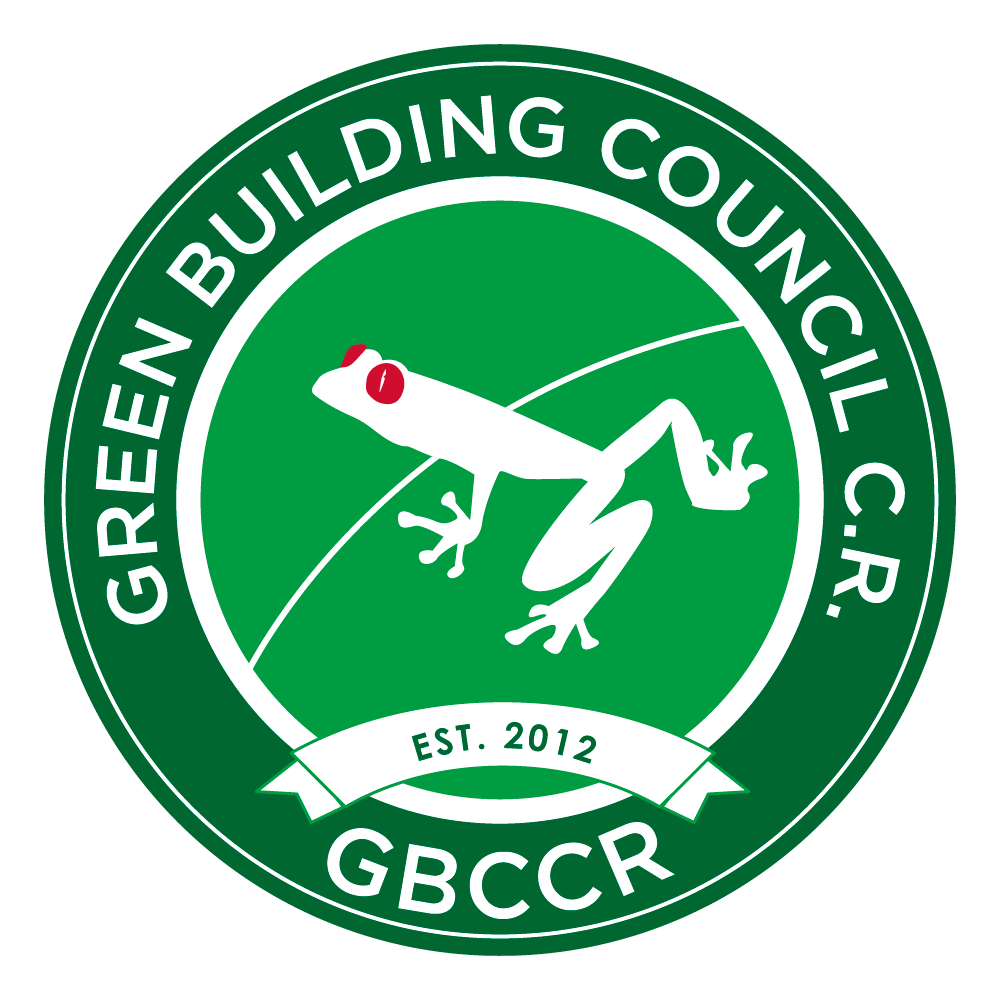Responsible development is defined as the management of human relationships with the natural environment so that economic, social, and cultural needs are met and ecological processes and natural diversity are maintained, which actually describes what we do pretty accurately! Below, we will discuss a few actionable guidelines we follow and examples of those actions.
Assessing the community’s needs to define impact metrics.
On all of our projects, we start with a needs assessment of the local community, working with a group from that country – ideally, one local to the area – that is used to this type of analysis. Historically, there have been non-profits already established for this purpose which can be hired for the research. We also create specific impact metrics for each project, no matter how large or small, and track these on a quarterly basis to measure our own performance; we hope to make a template from this same system for other developers. Metrics can be defined during the project initiation. When brainstorming the design of financial decisions, impact metrics can be baked in as another KPI. Budgets can always include a line item for community impact.
Choosing local providers to improve economic conditions in the community.
A development project could be spending anywhere from $100,000 to more than $500,000,000 on materials and outsourced services. This money can be kept locally or distributed globally. When developing in a small area, these numbers can make a huge economic impact on the surrounding community. Supply chain and purchasing processes are essential to the concept of responsible development.
The developments we manage are often more creative in their thinking and solutions, making them more unique and on the bleeding edge without appropriate local suppliers. After getting into the local community and meeting people, we inevitably find someone talented who wants to start the exact business you need to support the development. There will always be budget considerations that help enable new suppliers to establish themselves, provide services to the project, and further grow their businesses. As a result, we have facilitated many spin-off businesses for locals.
For example, a few years back, while developing a hotel project in a country of around four million people, we needed an RFID locking system. Our research uncovered a small security company that wanted to get into RFID locks and was working on a partnership with a prominent manufacturer. Rather than seeking out a large, established company, we helped this entrepreneur solidify his partnership, gave him his first big order, and he was off to the races. Four years later, we ran into him by chance. He now employs over 200 people and is one of the largest suppliers of locks in the country.
During a different project on a very little island, we decided to work only with small, local contractors. At some point, we needed tiles and stone blocks, and we had piles of rocks as a result of excavating for roads and foundations. We decided to purchase diamond blade stone-cutting machines and gift/loan them to a couple of locals. We would “sell” them the stone and repurchase it in the form of tiles and blocks. Their machines and the stone supply were paid off through this work until they wholly owned the machines and could perform the same work for others on the island. We had 12 stone-cutting contractors with machines set up by the end of the project. We implemented the same process for a young local who started pre-fabricated concrete copings, giving him the order for most of the 120 pools in the project.
Working with low-impact materials.
Choosing low-impact materials is key to being responsible. To consider a material to be low impact, we analyze two crucial aspects. The first one involves observing the production of the material itself. Does this material have a positive or negative impact on the environment? Is the production of this material affecting ecosystems, polluting rivers, or using too much water? Is this company fair to its workers?
The second aspect concerns the footprint made by transporting the material from its origin to the building site. How many intermediates are there? Does the material require a long journey to reach the site? Even though it’s not always possible to work with local products, we will always endeavor to work with materials that are produced nearby.
One of our preferred low-impact materials in some countries is bamboo. For example, in Costa Rica (and many other countries), it is grown locally, which checks off the “nearby” criteria. During its production, bamboo absorbs carbon, uses little water, and grows super quickly, maturing in five years.
Developing passive strategies in our designs by considering climate and land conditions.
Smart designs can help reduce the footprint of built spaces. Our design team always starts with a thorough analysis of the site’s weather conditions to correctly implement passive climate design strategies. Doing so will allow the building to adapt to the conditions and keep its insides at comfortable temperatures, allowing its users to be less reliant on mechanical strategies and lowering the carbon footprint of each project.
Hiring locally to have a positive impact on the community.
A typical development project may employ hundreds of local workers, which has a huge impact and influence on surrounding communities. The tone and management of the development will be felt and talked about among families and their friends in the area.
Development work, especially in hospitality, will often happen in fairly remote areas with locals possessing limited skillsets for meeting the development needs. This can be seen as either a hurdle or an opportunity to spread education. Rather than bringing in an entire workforce from outside, a responsible development can bring in a couple of experts to train locals in the skill sets they need. We have seen this happen through formal academies, workshops, and on-the-job training.
On a $600 million project set on an island with a limited workforce, we had about 600 people working on-site each day. For an island of 30,000 people, a large percentage of the population had a close relationship with the project. This required expensive management to ensure quality and guidance, but the results were more than worth it. The vibe and methods used in the development are felt to this day, leaving a big opportunity to make a template of the right methods.
Taking an environmentally friendly approach.
Of course, there are environmental considerations. How is human waste treated? How is trash handled? What about power generation, tree removal (or lack of!), road surfacing, material selection, soil infiltration (returning water to aquifers), erosion, or runoff? The list goes on. How much food is being produced on the property, and what educational programs are going out to the local (or online) communities about the solutions being created?
We set guidelines for defining the minimum percentages of green areas on lots in our developments, targeting more than 50% of space for trees, plants, and grass. We also take advantage of the landscape by creating edible gardens from ground cover to orchards. Our goal is to make the entire property a working farm, enriching the soil, capturing carbon, and generating food for the community.
Offering fair wages and additional benefits to our team.
A crucial aspect of being responsible is looking after our team’s well-being. We cover our team members in legal aspects, in addition to ensuring them a fair wage, health insurance, holidays, and rest days.
On top of that, we offer additional benefits that are part of our internal value proposition. For example, we offer four weeks of vacation per year, more than is required by any of the countries in which we work. We also offer paternity and maternity leave for a minimum of one month for the secondary caregiver and three months for the primary caregiver. We provide educational stipends, community service incentives, and gym stipends, amongst other benefits.
Taking care of the team will more than pay for itself and again gives opportunities for templating the correct treatment of individuals.
Each case may require different guidelines, but the main goal is to create a positive impact always.
Responsible development includes careful planning in the beginning to establish the values, impact metrics, and solutions needed to ensure the work is not extractive; this involves protecting and supporting the local culture and people (e.g., education, arts, ways of operating), injecting as much economic benefit as possible into the area or country, and ensuring that the supply chain established adds as much wealth as possible to the surrounding area.
Like many things, we feel like we make it up as we go along! Staying true to a measurable, impact-driven philosophy in operations and development will support responsible development.
Sources:
https://www.lawinsider.com/dictionary/responsible-development





